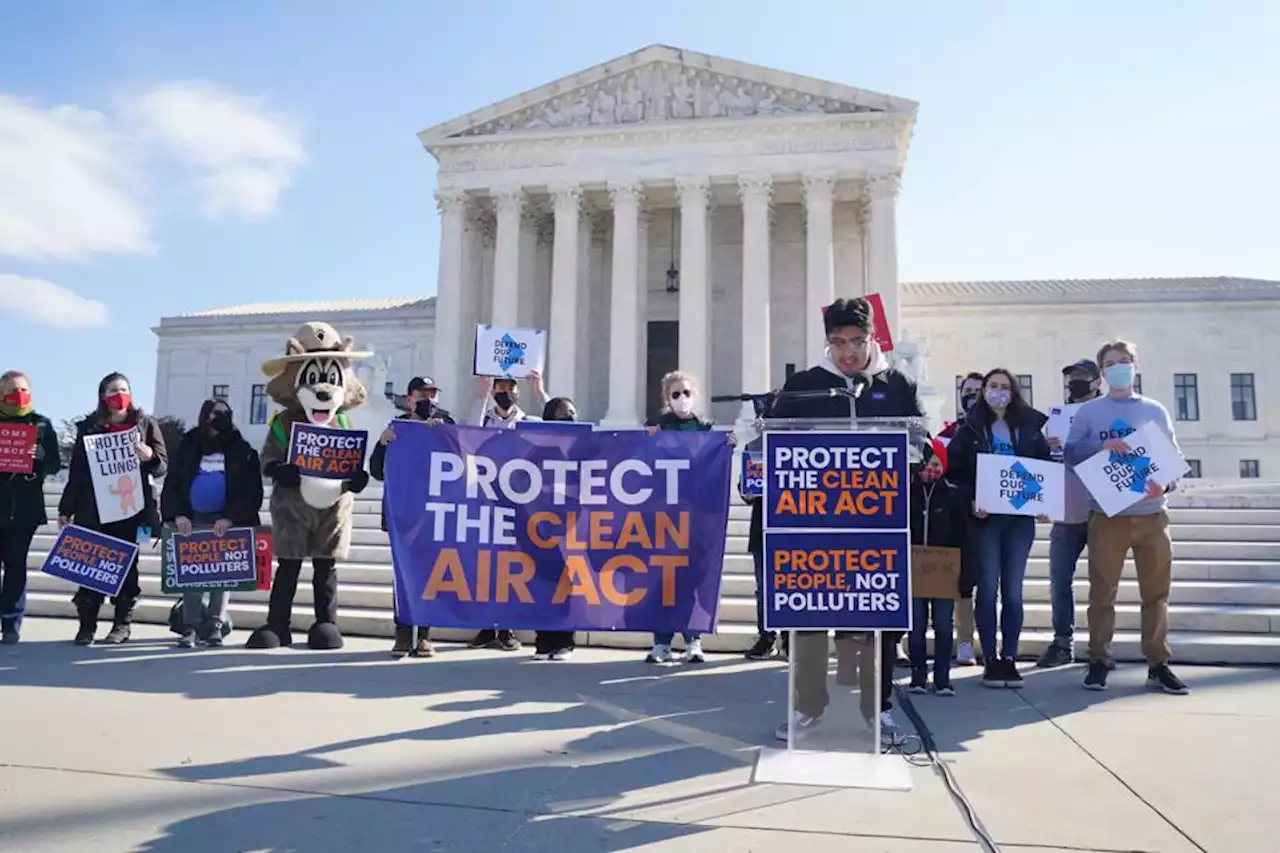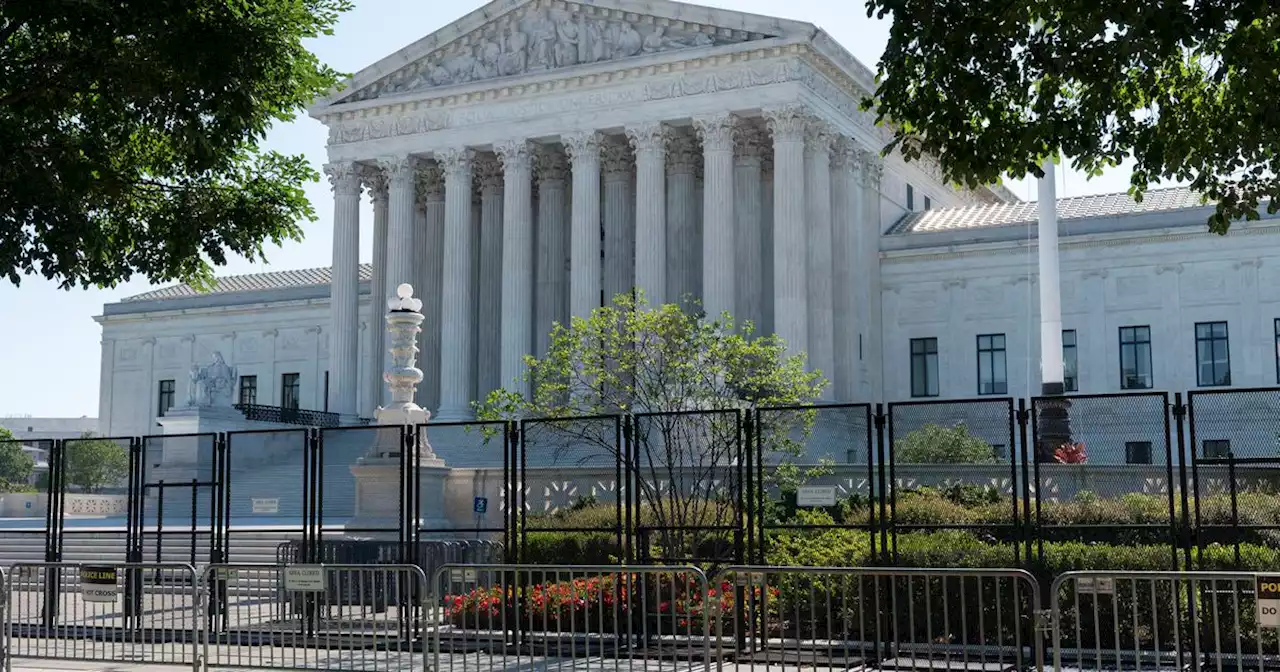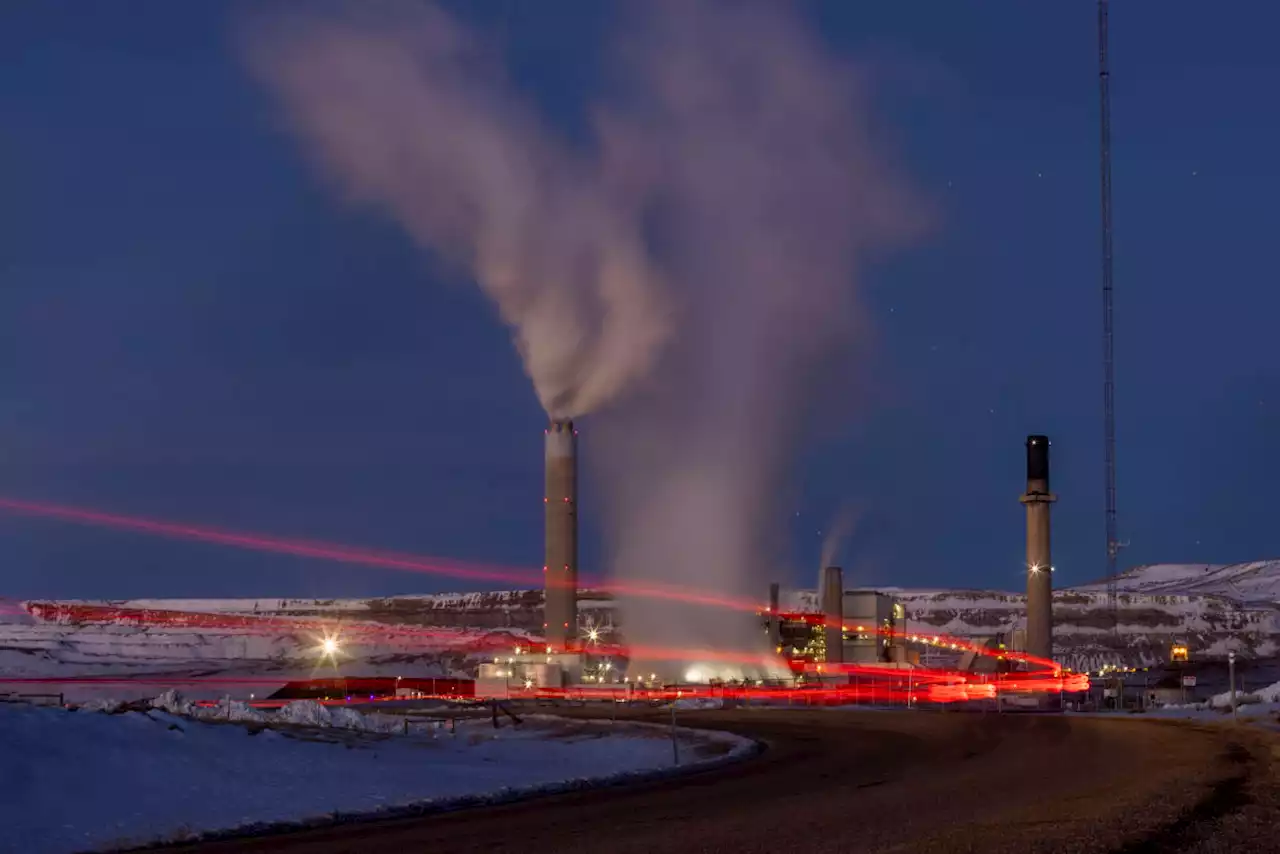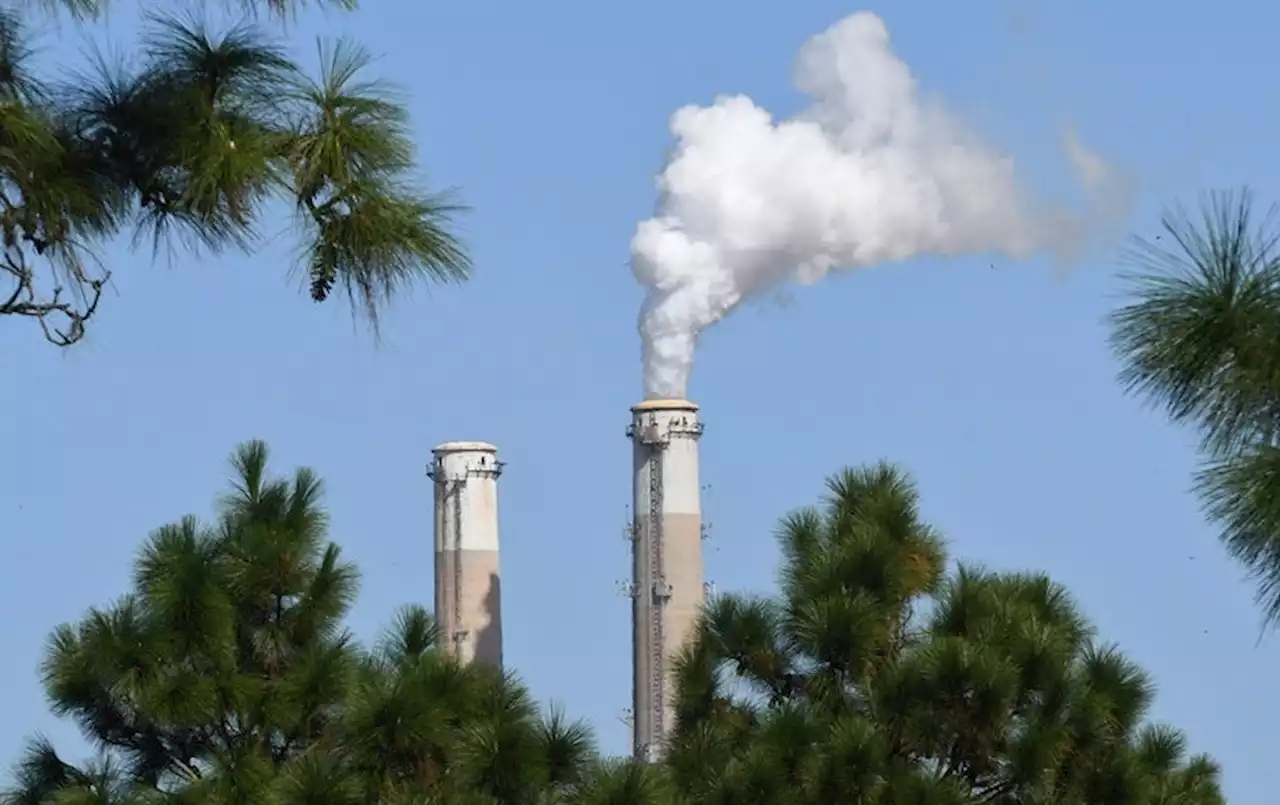Carbon capture and storage technology, low-carbon fuels, and state energy policies are all avenues the EPA could pursue to rein in greenhouse gases
CLIMATEWIRE | As the smoke clears from the Supreme Court’s major climate ruling last week, legal experts and clean energy groups say the country still has many options for achieving a dramatic reduction of greenhouse gas emissions.
“Because there’s not a statutory provision that they have that says, ’Go solve climate change,’” said Minoli. Still, EPA could apply technological fixes that are better than the types of efficiency improvements favored under the Trump-era Affordable Clean Energy rule, said David Doniger, senior strategic director of the Natural Resources Defense Council’s climate and clean energy program.
“Whether CCS is adequately demonstrated considering cost will be the challenge,” Adler said in an email. “The challenge here is for EPA to make clear [to the courts] that it is pursuing these reductions on their own merits, and not as a workaround,” Adler wrote, referring to the Supreme Court ruling. In a note to clients, ClearView Energy Partners LLC suggested that last week’s Supreme Court ruling could mean EPA “may be well served to downplay any potential climate ’co-benefits’ associated with incremental tightening of those regulations and clearly articulate the wisdom and affordability of tightening each for their own sake.”
EPA also has said it plans to unveil a legacy coal combustion residual surface impoundment rule and to finalize a federal permitting rule for CCR, but it’s not clear when the agency will take those actions. The most recent unified agenda, which lays out the administration’s regulatory goals, said the timing of a final CCR rule has not yet been determined.
“We don’t know whether they’re going to do that, but there’s certainly been progress on hydrogen technology,” said Ethan Zindler, head of Americas research at BNEF. “That at least raises the possibility that when thinking about what standards to set, they’ll take hydrogen into account.” One advocacy group, the Clean Hydrogen Future Coalition, offered a different reading of the ruling’s effects.
Carbon removal, where CO2 emissions are captured from the air, is another form of technology deployment that could be used at an individual facility, added Jantarasami, who has previously worked at the Oregon Department of Energy and EPA. “Since 2014, CCS has only become more demonstrated and less costly and the climate crisis has only escalated,” Duffy continued. “EPA must move forward swiftly to establish stringent CCS and co-firing-based standards.”
But Patrick Parenteau, a professor at the Vermont Law School, said in a post last week that carbon capture costs are “prohibitive, and utilities would surely challenge the technology as not ’adequately demonstrated,’ as required by section 111.” Still, industry groups returned to the economic argument in praising the Supreme Court ruling last week.
But recent analyses from clean energy advocates have concluded that compliance with Paris accord goals — even for many U.S. states and cities with aggressive emission cuts — remains less than certain. “While the court has once again turned back the clock, California refuses to go backward – we’re just getting started,” he said in a statement.
State regulators and lawmakers are not likely to see their climate powers curtailed because of the court’s decision, predicted some environmental lawyers and activists. Only about 20 of those were on track to cut greenhouse gas emissions “in line with global benchmarks” by 2050, wrote Alexander Jarrah, a research analyst on local policy for ACEEE.
United States Latest News, United States Headlines
Similar News:You can also read news stories similar to this one that we have collected from other news sources.
 Supreme Court And Carbon Regulation: West Virginia V. EPA Requires Rethinking Climate ActivismEvery crisis creates new opportunities. West Virginia v. EPA should motivate the climate movement to secure a popular mandate for federal carbon regulations in the 2022 midterm elections. The movement should seek support for utility-scale solar and wind and revisit nuclear energy and carbon capture.
Supreme Court And Carbon Regulation: West Virginia V. EPA Requires Rethinking Climate ActivismEvery crisis creates new opportunities. West Virginia v. EPA should motivate the climate movement to secure a popular mandate for federal carbon regulations in the 2022 midterm elections. The movement should seek support for utility-scale solar and wind and revisit nuclear energy and carbon capture.
Read more »
 With SCOTUS EPA Decision, Texas Coal Plants Live to Cook the Climate Another DayTexas coal plants will continue to damage our environment due to the recent SCOTUS decision, but efforts to change that will also continue.
With SCOTUS EPA Decision, Texas Coal Plants Live to Cook the Climate Another DayTexas coal plants will continue to damage our environment due to the recent SCOTUS decision, but efforts to change that will also continue.
Read more »
 Former Trump EPA chief: We should be celebrating this HUGE win at the Supreme CourtICYMI: On Sunday's Wake Up America Weekend, former EPA Administrator Scott Pruitt reacted to the Supreme Court's definitive ruling in the West Virginia v. Environmental Protection Agency case.
Former Trump EPA chief: We should be celebrating this HUGE win at the Supreme CourtICYMI: On Sunday's Wake Up America Weekend, former EPA Administrator Scott Pruitt reacted to the Supreme Court's definitive ruling in the West Virginia v. Environmental Protection Agency case.
Read more »
 Supreme Court limits EPA in curbing power plant emissionsWASHINGTON (AP) — In a blow to the fight against climate change, the Supreme Court on Thursday limited how the nation’s main anti-air pollution law can...
Supreme Court limits EPA in curbing power plant emissionsWASHINGTON (AP) — In a blow to the fight against climate change, the Supreme Court on Thursday limited how the nation’s main anti-air pollution law can...
Read more »
 SCOTUS ruling on EPA puts new focus on states' powerThe U.S. Supreme Court limited the power of the federal government to regulate greenhouse gas emissions from existing power plants. But its ruling didn't touch the power of the states.
SCOTUS ruling on EPA puts new focus on states' powerThe U.S. Supreme Court limited the power of the federal government to regulate greenhouse gas emissions from existing power plants. But its ruling didn't touch the power of the states.
Read more »
 In light of EPA court ruling, new focus on states' powerThe U.S. Supreme Court limited the power of the federal government to regulate greenhouse gas emissions from existing power plants. While Democratic states have taken the lead on the most aggressive climate policy in recent years, some Republican-led states are also helping shift the U.S. power grid toward cleaner sources of energy.
In light of EPA court ruling, new focus on states' powerThe U.S. Supreme Court limited the power of the federal government to regulate greenhouse gas emissions from existing power plants. While Democratic states have taken the lead on the most aggressive climate policy in recent years, some Republican-led states are also helping shift the U.S. power grid toward cleaner sources of energy.
Read more »
